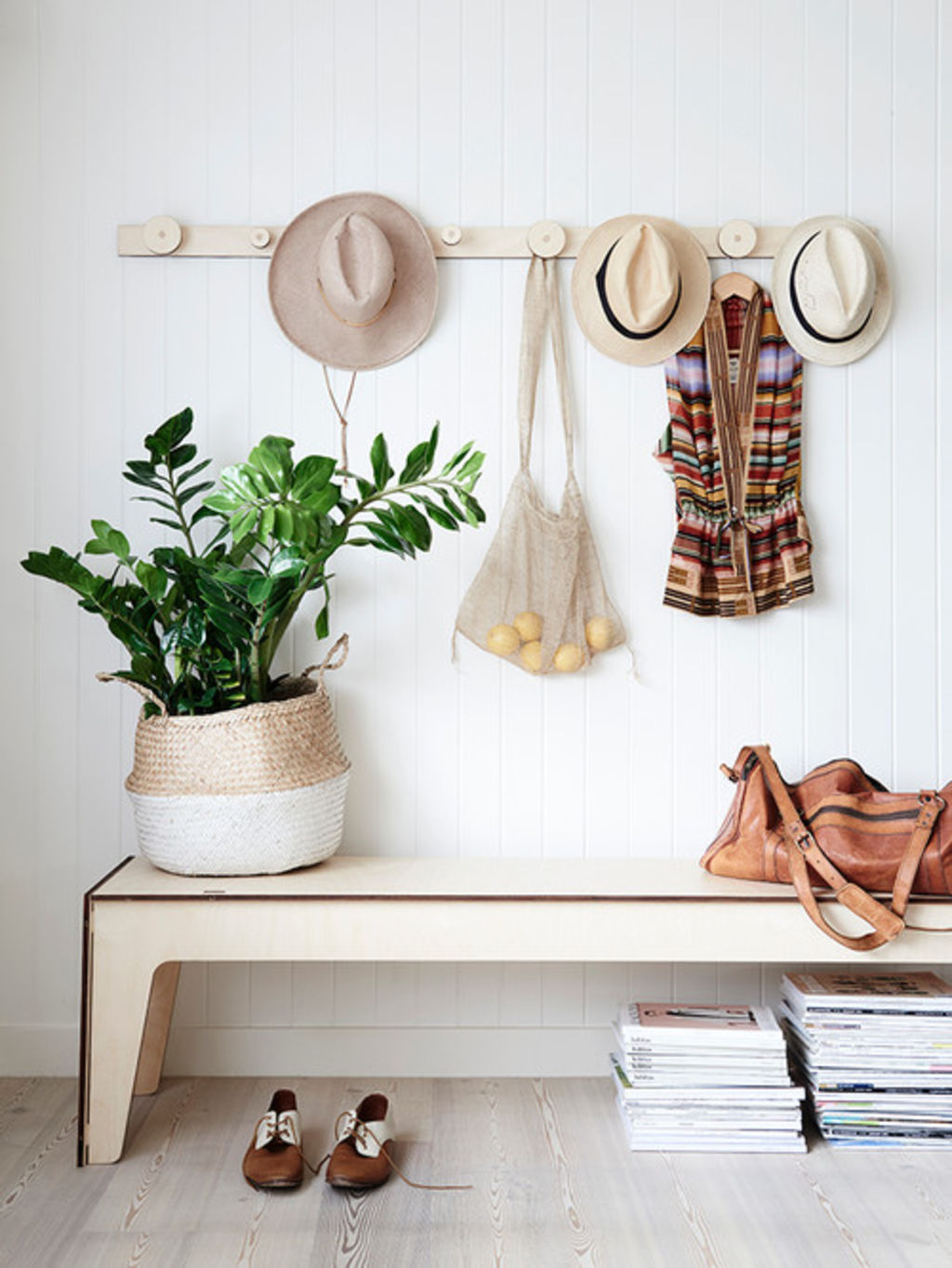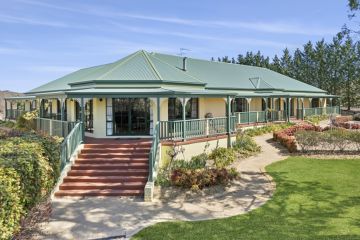Where dangerous chemicals are hiding in your home and how to reduce them

Author: Laura Barry
Modern technology brought us stain-resistant carpets and non-flammable fabrics, but it has also introduced a few unfriendly pollutants into the home. Here we tell you where to find them, what to look for and how to get rid of them.
According to a study by Griffith University, there is about two to five times more air pollution inside your home than outside. A sobering thought, considering another study by the Australian Department of Environment and Energy found that people now spend about 90 per cent of their time indoors. The pollutants in our homes have the potential to be harmful, but they are also relatively easy to avoid.

In the living room
What are they: Volatile Organic Compounds (VOCs) are a group of chemicals that vaporise easily and bring gas pollutants into the home.
Were you can find them: Any sort of ‘new’ smell, such as that coming from paint, carpet, wood or furniture, are signs that VOCs are present. You can find VOCs in new furniture, new carpet, particleboard, plywood, pressed wood products and varnish.
How you can neutralise them: Invest in a quality HEPA filter vacuum – it will remove toxins without throwing them back into the air. Look for “low-VOC” and “zero-VOC” paints and finishes, Australian Certified Good Environmental Choice-branded products are also low-VOC.
Sealant, glue and adhesives all give off VOCs, so be sure to ventilate your home well and allow new products to off-gas before bringing them into your home. For example, if you buy a new sofa, leave it in the garage, unwrapped, for a couple of days to air out. Also consider adding some house plants; they help to filter chemical compounds in the air.

In the kitchen
What are they: BPAs are chemicals used in plastic production, and are one of the most well-known phthalates. They are also used in cleaning products such as wood polishers and cosmetics.
Where you can find them: You can find them in plastic water bottles, baby bottles, plastic wraps and food packaging.
How you can neutralise them: Switch to glass whenever possible and only purchase water bottles that are labelled BPA-free, such as Biomeor S’Well insulated drink bottles. Consider buying or making reusable food wraps made from fabric and beeswax.
How to make beeswax lunch wraps

Photo by INTRO INRED – Browse shoe storage ideas
In the bedroom
What are they: Flame retardants are a group of chemicals that are added to manufactured materials such as plastic, textiles, surface finishes and coatings.
Where you can find them: They can be found on anything from your new mattress or sofa to your DVD player or television. In particular, all mattresses, whether natural or synthetic foam, are legally required by law to be treated with flame retardants for product safety.
Pesticides and crop sprays are also used most highly in the production of cotton.
How you can neutralise them: Always allow a new mattress to air out for a few days before sleeping on it. When changing the sheets, allow the stripped mattress to sit bare with the windows open now and again. Alternatively, look for a natural latex mattress that specifies it uses wool as a natural retardant. These are more expensive but are a good alternative.
If you can afford it, look for organic cotton sheets and bedding.

In the bathroom
What are they: Polyvinyl chloride, or PVC, is the world’s third most-widely produced synthetic plastic polymer.
Where you can find it: In your shower curtain.
How you can neutralise it: Try natural materials such as hemp, linen or cotton, or a material coated in beeswax to make it naturally water repellent.
Green Living: Create a Bedroom That’s Healthier for You and the Planet
On the floor
What are they: Formaldehyde is a VOC-laden chemical used in solid board products, and perfluorooctanoic (PFOA) is a synthetic perfluorinated carboxylic acid used in stain repellents.
Where you can find them: Formaldehyde hides in fibre board and particleboard, while phthalates, lead and retardants can be found in reprocessed vinyl flooring. Stain-resistant carpet is treated with PFOA.
How you can neutralise them: Look for carpet made from natural and untreated materials such as wool, sisal, hemp or corn husks. Linoleum flooring is made from natural and biodegradable materials and can last upwards of 30 years when treated correctly. Again, look for eco-certification and keep areas regularly ventilated.

In the dining room
What are they: Dioxins are a group of polyhalogenated organic compounds that are significant environmental pollutants.
Where can you find them: Candles made from paraffin wax can often be filled with, or off-gas, dioxins. Paraffin wax starts out as a by-product of petroleum, coal or shale, and is then bathed in bleach to become white in colour, infusing the wax with dioxins that are given off when burnt.
How to avoid them: Buy candles made from beeswax or vegetable oils, with natural dyes and perfumes.
While the toxins most commonly found in the family home have some complicated names and (rare, potential) side-effects, it’s important to note that with some simple fresh air, house plants and smart choices, almost all pollutants can be avoided. If in doubt, look for natural ingredients, materials and solutions.
We recommend
States
Capital Cities
Capital Cities - Rentals
Popular Areas
Allhomes
More







